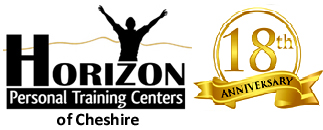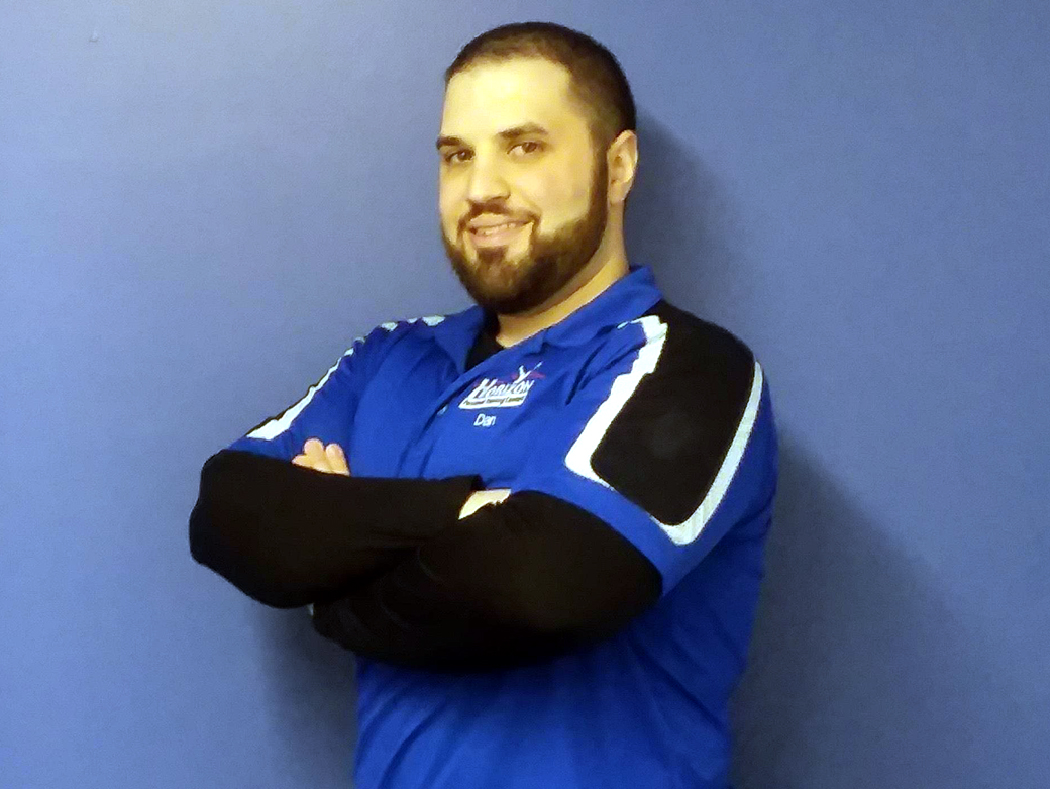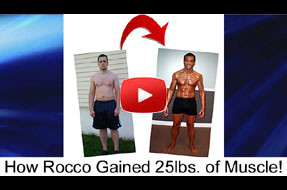Goblet Squats
By Daniel Fischman
Want to learn how to squat properly? Then guess what you need to do. You need to squat!
Squatting is one of the fundamental movements that the body is naturally designed to perform. It is also one of the few imperative exercises that other exercises are designed upon. While a heavy bilateral squat may not be the most functional exercise in the gym (in reference to sport specificity and ‘functional training’), it is just like reading and writing. You must master the basics before progressing. It being considered such a fundamental movement, the squat can sometimes be one of the hardest exercises to perfect and master. And when performed incorrectly over time, bad habits can be created and these bad habits can absolutely lead to injury. We often hear people claim that squatting hurts their knees or back, but a proper squat never should!
Due to the importance of learning how to squat properly, when teaching a client how to squat –or reteaching in some cases–I like to start with a Goblet Squat.
The goblet squat is a fantastic exercise to start with, to teach how to squat properly, for a few reasons. First, is extremely easy to perform, especially for beginners. It will very quickly teach proper form and will clearly highlight where adjustments need to be made. Second, unlike back squats, goblet squats can be loaded heavily without putting undue stress on the spine and lower back. The way the load is dispersed, it forces the client to stabilize their core, and it allows them to hold a more upright position. Finally, it will allow a client to strengthen and stabilize their lower body and core while being able to stay relatively safe!
So how is a goblet squat performed? Just like most squats, a client will start by having their feet between hip and shoulder with apart. You will pick up a weight (usually a dumbbell or kettlebell) holding the top of the weight in your hands, as if it were a large goblet that you are going to drink out of. While standing tall, the weight should be touching your sternum and stomach—most specifically when holding a dumbbell, vs a kettle bell. These two points of contact are very important, as they will ensure a rigid strong core and torso. Holding the dumbbell here will also allow you to recognize other possible issues with form.
Once feet are set and the weight is stable, tighten your core and start sit your hips back. As you are sitting your hips back, simultaneously bend your knees, squatting down until your elbows touch your knees or the inside of your thighs. It is important to remember to drive your heels into the ground as you are squatting down. From the bottom position you will push your heels into the ground, drive your knees out, and stand up. Due to the way the weight is held, center mass with the load is between both heels, the weight perfectly centered without veering off the center line. This keeps the weight at your strongest point without risking injury to the weak links in the kinetic chain.
The two most common mistakes when performing the goblet squat are the torso tilting forward and the knees going into valgus or supination. These mistakes can be great indicators of weak links in the body and will help an experienced trainer give a client a balance in strength and functionality.
If a client leans too far forward it can be an indicator that he/she has either a lack of ankle mobility, and/or the core is not strong enough to hold a stable, rigid torso. The first step to correct this forward lean, is to teach the client how to activate and tighten their core. If this allows the client to be able to hold that upright position and keep perfect form, then it is clear the forward lean is a core issue. To correct this in the long term, it is crucial to teach the client how to activate their core, but more importantly, it is up to the trainer to provide exercises that will strengthen the core, especially in stabilization. It would also be beneficial to activate and strengthen the spinal erectors and the lower back to help stabilize the trunk. If activating the core does not correct the forward lean, then it is most likely an ankle mobility issue. You can place a five-pound plate under the clients’ heels. If this immediately corrects the lean, then it is an ankle mobility issue. When this is the case, you can provide the client with these heel lifts to perform their squats, but it is necessary to work on ankle mobility as a long-term, permanent fix.
If the knees are veering in during the squat, known as valgus or supination, ultimately the glutes are not activating to stabilize the knees and the adductors are taking over. This puts extreme stress on the tendons of the knees, and even more concerning is that if the knees are going into valgus during the squat, they are probably doing it during dynamic movements as well (playing sports or any physical activity). During dynamic movements, the strain on the tendons will be exacerbated. To correct this, you can put a band around the legs just below the knees. The rubber bands will pull the knees into valgus which will force the clients to push against the band and drive the knees out, thus forcing the glute activation, strengthening the abductors and external rotators, and putting the knees in a safer position.
For all these reasons, I will always start with a goblet squat. Once the client has perfected the movement pattern and is able to load it with perfect form, they can progress to more complicated squat variants. Having this strong base in the squat will also allow the client to progress to plyometric exercises, knowing that there are fewer risk factors from weakened and inefficient movement patterns. The goblet squat is also great for experienced lifters. It is always good to go back to basics and reinforce movement patterns. This can help alleviate bad habits that have been created over time.
Dan’s journey into fitness began as an overweight youth. Being extremely overweight he took steps to change his life starting with proper nutrition and a little bit of exercise. He attended Clemson University receiving a BS in Management. He spent most of his free time in the rec. center getting hooked on exercise. Upon graduating he moved back to CT and decided to learn everything he could about the fitness industry and how to properly train the human body. He attended The National Personal Training Institute receiving a diploma in personal training and nutrition consultation. After NPTI he participated in a 4 month mentorship to learn the intricacies of training athletes. This is where he found his passion! He has spent the last 4 years training athletes, of all ages. He has extensive experience training athletes from middle-school all the way to the pros, in all sports! He is a certified strength and conditioning specialist, CSCS, through the National Strength and Conditioning Association. He is also has an Advanced Certified Personal Trainer (A-CPT) certification, and is currently working on his Tactical Strength and Conditioning Facilitator certification.






